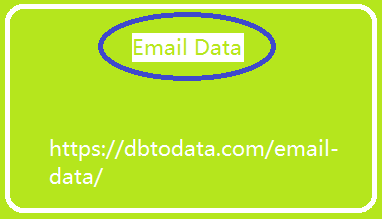Easy to understand principles of Google Tag Manager google tag manager is a homepage guard Google Tag Manager acts like a home page monitor. They report to us what’s happening on the website. Google Tag Manager is a watchdog within your homepage. The job of this monitor is to report to someone when a person visiting the homepage does something he or she wants to monitor, such as moving the mouse, viewing a page, or clicking a certain button. The target of the report may be Google Analytics, or it may be another third-party tool. To receive a supervisor’s report, you need to know three factors : variable trigger tag The task of ‘reporting (tag) when the OO page URL (variable) is loaded (trigger)’ is carried out by the monitor using an element called ‘variable’, which can change the content but can be specified, such as the page URL or the name of the button. I give it to you. The monitor reports to GA or another third-party tool every time the OO page URL is loaded.
To distinguish this it is easier to understand if you
Think of it as a tag that gives the report a name such as ‘Report to GA’, ‘Report to Oman Email List a third tool’, etc. 3. Create a Google Tag Manager trigger Let’s get straight into practice. There are some preparations you need to make before creating a trigger. It’s just a matter of adding a basic variable, and it’s not difficult at all. how to add variable elements on google tag manager Click the variable menu in Google Tag Manager. Click Configuration at the top right. Follow the video above to add click and scroll variables. You are now ready to create a click trigger and a scroll trigger. 3-1. Create a click event trigger When creating a click trigger, there are two types: All elements and links only. ‘All Elements’ tracks clicks on all elements on the page, including links, images, and buttons. In the case of ‘link only’, ayou can use the < > tag to track only the linked element. It’s simple to think of ‘all elements’ as tracking a slightly larger area.
Lets track customers who click this button
First, open developer tools. There is an Inspect Element icon at the top left of the Hungary WhatsApp data developer tools. Click on the element you want to track. More simply, right-click on the button you want to track and click Inspect. Look carefully at the parts that are automatically highlighted. how to inspect an element on homepage After inspecting the element, the following part was highlighted. element inspection resultWhat we need class=”btn default-cart”is the middle part. I guess you mean the default shopping cart button! Now that we can specify the shopping cart button with class or lower content, shall we move on to creating a trigger? How to make click trigger on Google Tag Manager Go to the Trigger menu and click New. The name of the trigger was cartClick to make it easier to distinguish. Click All Elements to configure triggers. If you change it to some clicks instead of all clicks, you can select the Click Classes element.

